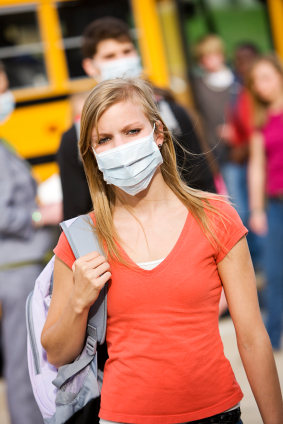Measles Vaccine
Measles Outbreak
In January 2015, 102 people from 14 states were reported to have measles. These cases are part of a large, multi-state outbreak linked to an amusement park in California. The CDC has issued a Health Advisory for this outbreak .
There were a record number of measles cases in the U.S. during 2014. 644 cases from 27 states were reported to the CDC. This is the greatest number of cases since measles were eliminated in the U.S. in 2000.
In light of this outbreak, the use of the measles vaccine for children has become a hot-button issue.
Impact on Schools
It is not our intent to tell anyone whether to vaccinate their child or not. That is a parent’s decision. But parents should know where public schools stand.
Each state has their own laws regarding statutory requirements for vaccinations. For example, Indiana’s laws require vaccinations against various diseases such as Hepatitis B, Measles-Mumps-Rubella (MMR), and polio, among others.
Each state also spells out the various exemptions to these requirements. Parents should research these exemptions in their states if they feel they should be exempt.
It is important to remember that schools have relatively large populations of children together in a relatively small area. This increases the probability that any disease can be spread easily from one child to another. With measles, a disease we had thought had been eradicated, children are at increased risk, and thus the use of the measles vaccine is very important.
Schools need to keep track of the vaccine status, and use other mitigation practices to prevent the disease from spreading. The use of masks, frequent hand-washing, thorough cleaning practices by the custodians, can all help prevent the spread of any communicable disease. These practices should be outlined in the school’s pandemic disease plan.
